"Farm" to Table PBL
The finished Community Garden at The Fessenden School, built during on of my 9th grade history PBL units
The Project
Over the past five years I have slowly redesigned my 9th grad history curriculum to become a hands-on, relevant exploration of the world that surrounds my students. When I first took over as the 9th grade history teacher the class was an Ancient Civilization survey, spanning from the Dawn of Man all the through the Industrial Revolution. The backbone of the course was a textbook that weighed more than some of students, and was dry, boring and notoriously hated by all (including me). After teaching that class for one year, I decided it was time for something new, and so Global Citizenship was born. The new class would focus on current events, it would be project-based and I wanted my students to feel as though each project they completed had a positive impact in their community. With this in mind I designed a PBL called "Fessy Food". The driving question for this project was "How can we help our community reduce their participation in the damaging 21st century food production chain?" This DQ required deep research into how food is produced today and what environmental and social issues are caused by this method of production. We then looked at how our school was interacting with this system, and brainstormed ways that we could help our school lessen its' footprint.
First CAD design of Community Garden. Courtesy of Lenore Design
When I first came up with this idea I was afraid it might be too much for 9th grade students to grasp. It is a hug issue in our world today, and some of the facts and figures that one can come across when researching can be overwhelming. However, this worry proved to be for naught. Almost immediately my students showed serious interest and passion for this topic. They cared about where their food came from, and expressed concern for how some of it got to their plate. As the project ideas began to unfold I watched in awe as the students took their research and began to plans on how to solve for these issues in our community. One group wanted to research where our eggs came from, and found out that the farm we sourced our eggs from had 75 counts of animal abuse against it. Their project immediately became to help the school find a more humane source. Another group looked at the amount of milk we waste, and put together a school wide presentation to bring awareness to this waste and by doing so help reduce it. And a third group decided that what we really needed was a community garden.
Students turned CAD design into a 3D model using Dremel IdeaBuilder 3D Printer
Upon hearing the third groups presentation to build a community garden, every one in the class decided they wanted to do their project, and help with the garden as well. The original group became the designers of the garden. They research best practice in garden design and also came up with the idea to make the garden an outdoor classroom as well! The other members of the class began to source materials, talk to our Building and Grounds team and make plans for the first planting in the spring. As the budget grew the Advancement Team stepped in and turned one of their parent events into a small fundraiser for the garden project, raising over $2,500 dollars! Finally, the Father's Group heard about the project and asked the boys to organize a one day Parent/Son Build Day. We picked a date in the spring, ordered all the materials, invited parents and sons to join (it is an all boys by the way) and we had one of the most amazing experiences building our "Community Garden" as a community.
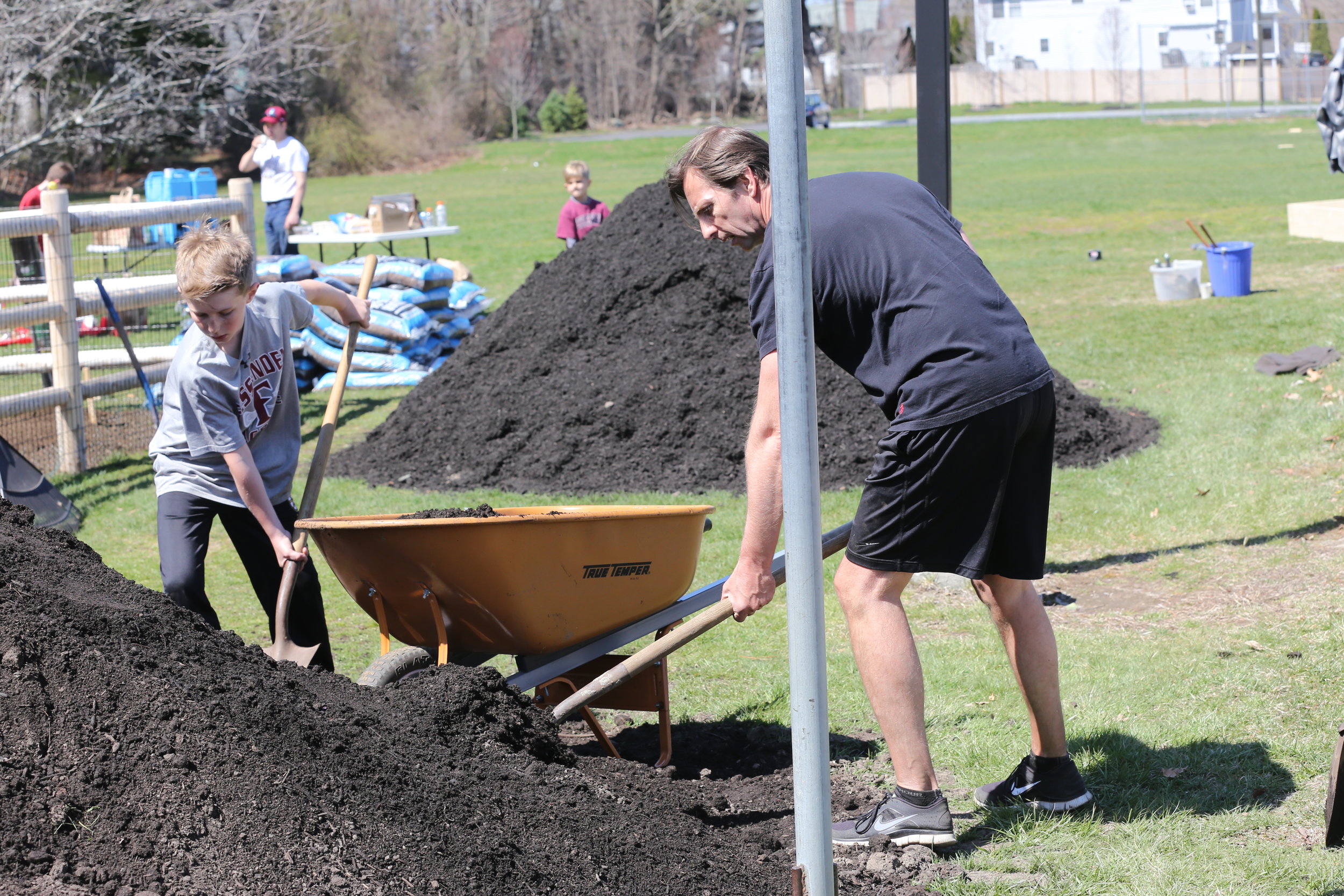
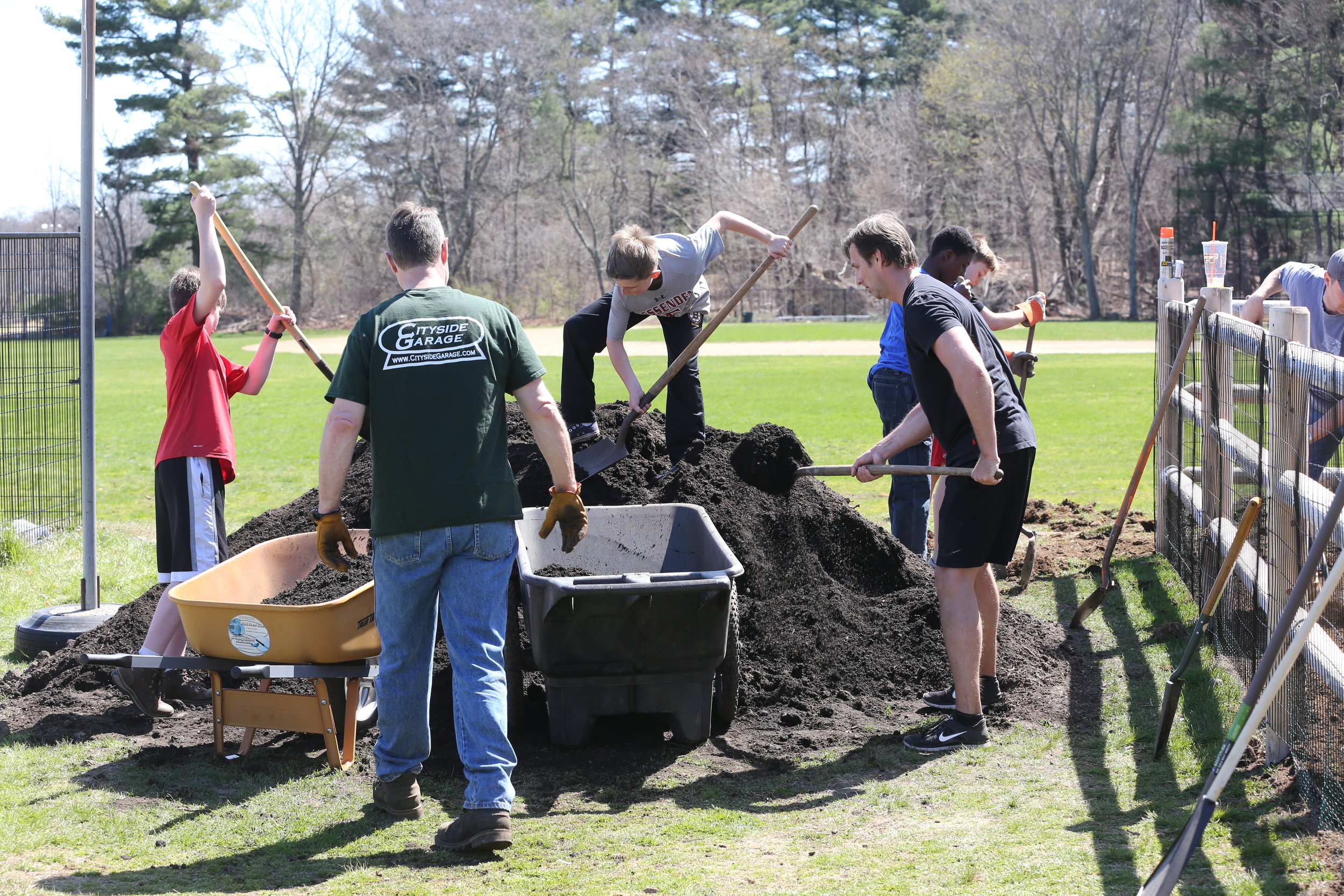
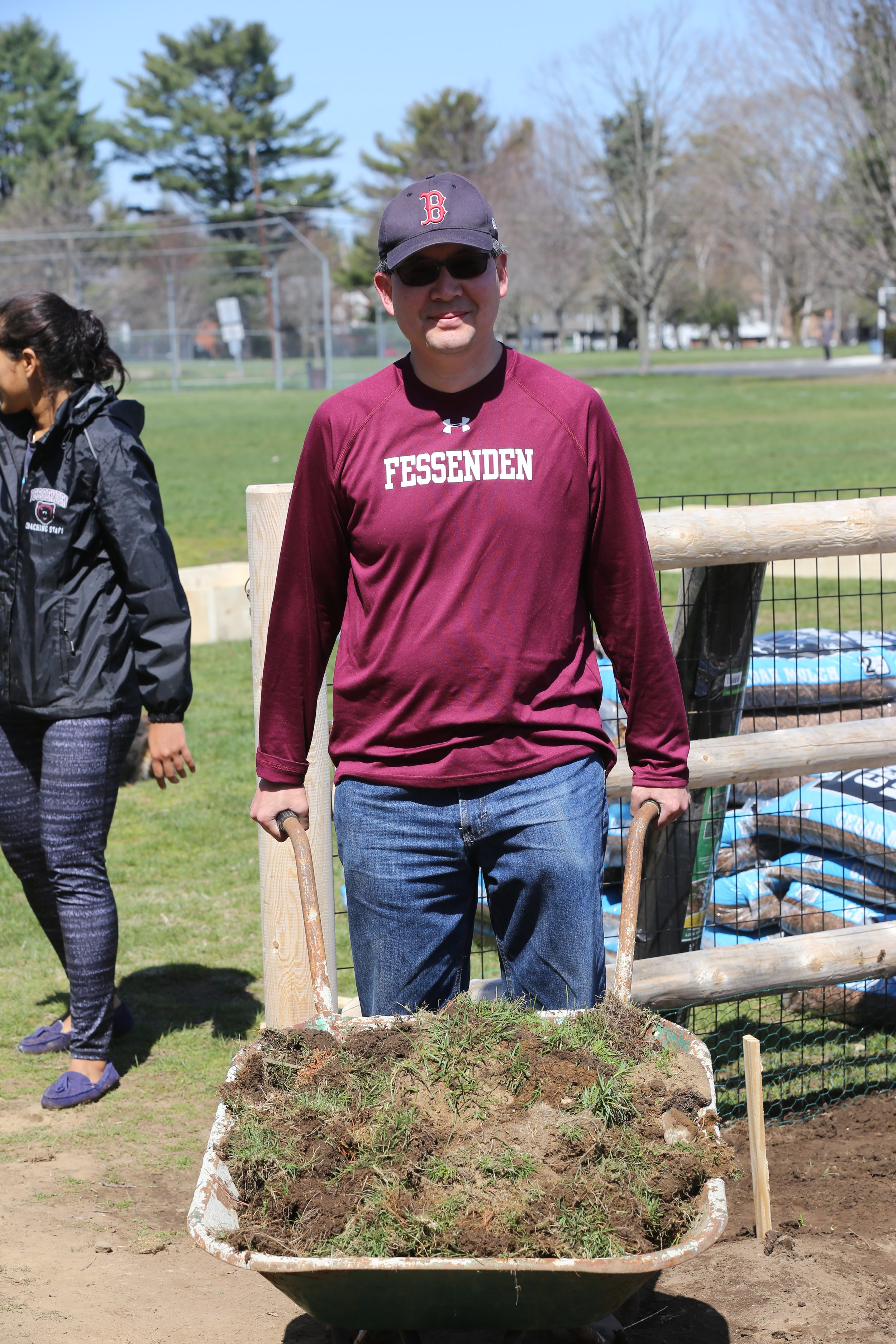
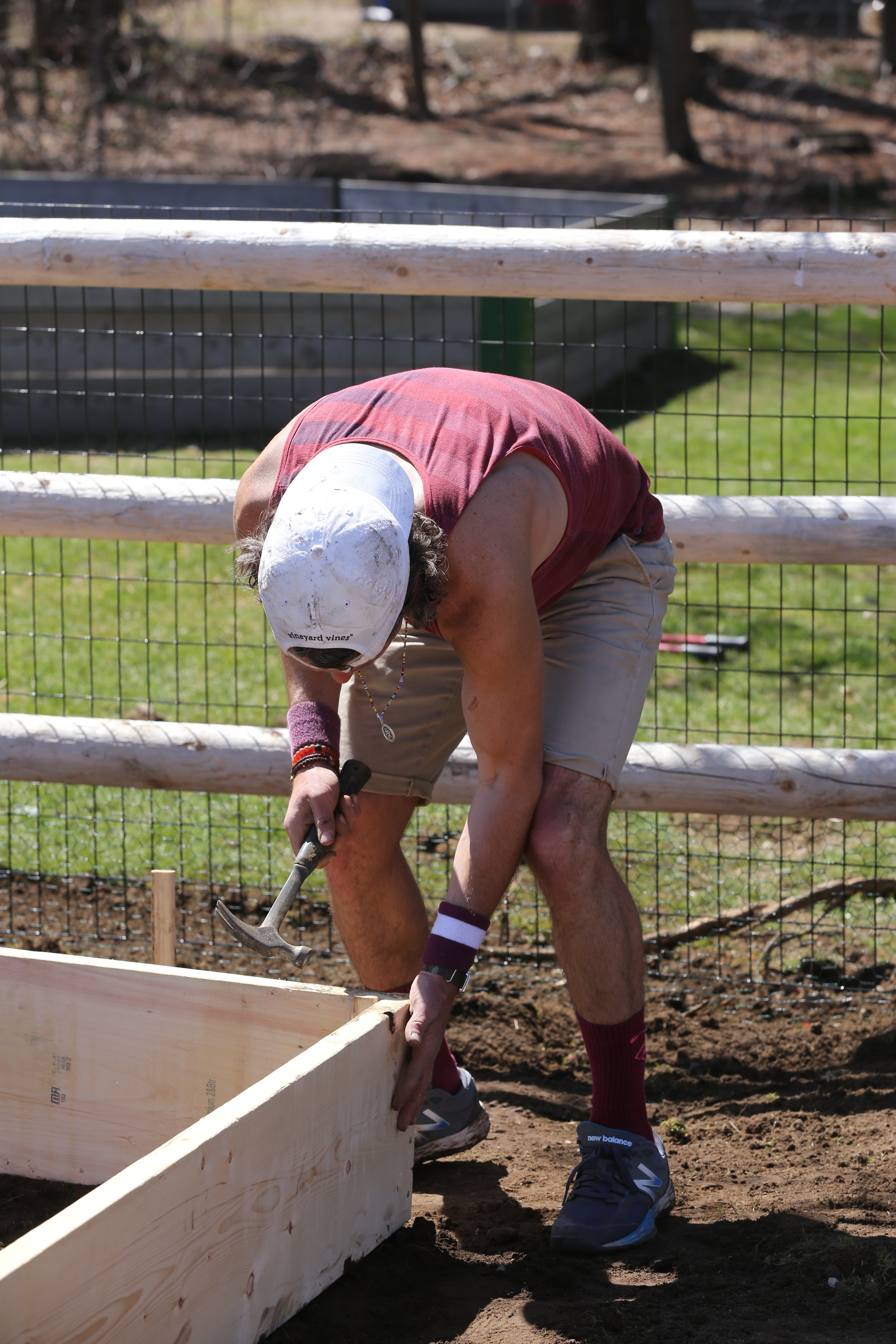
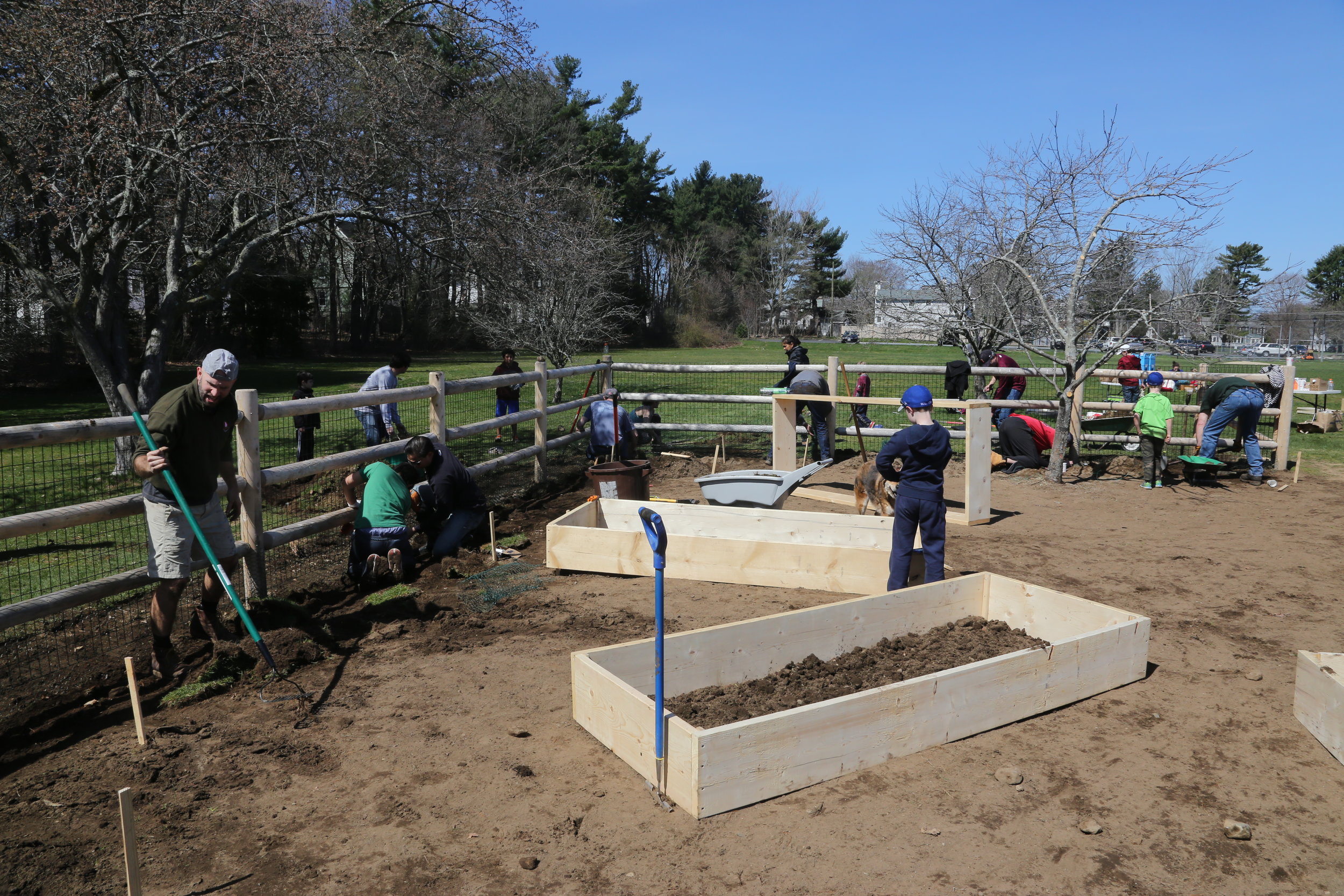
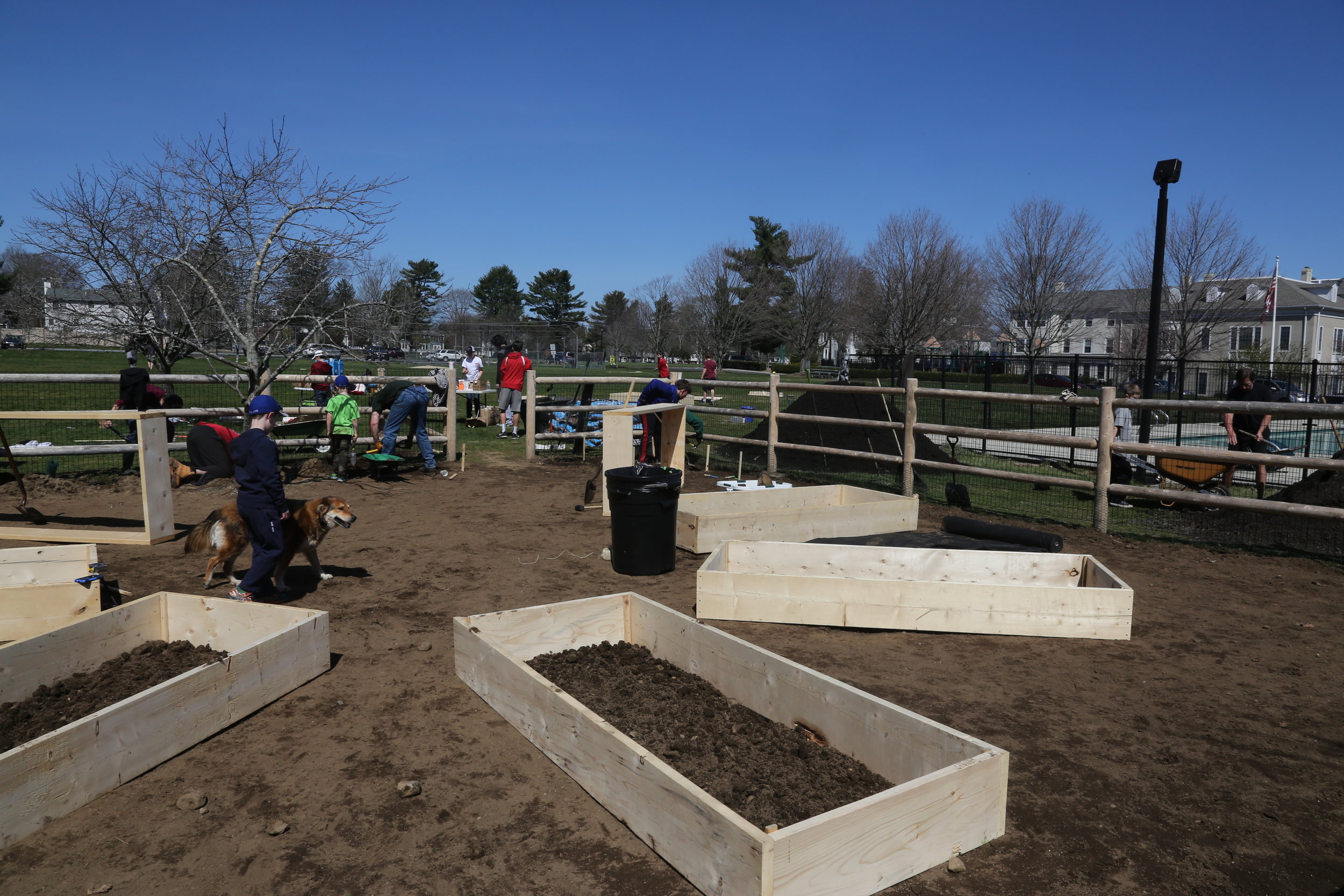
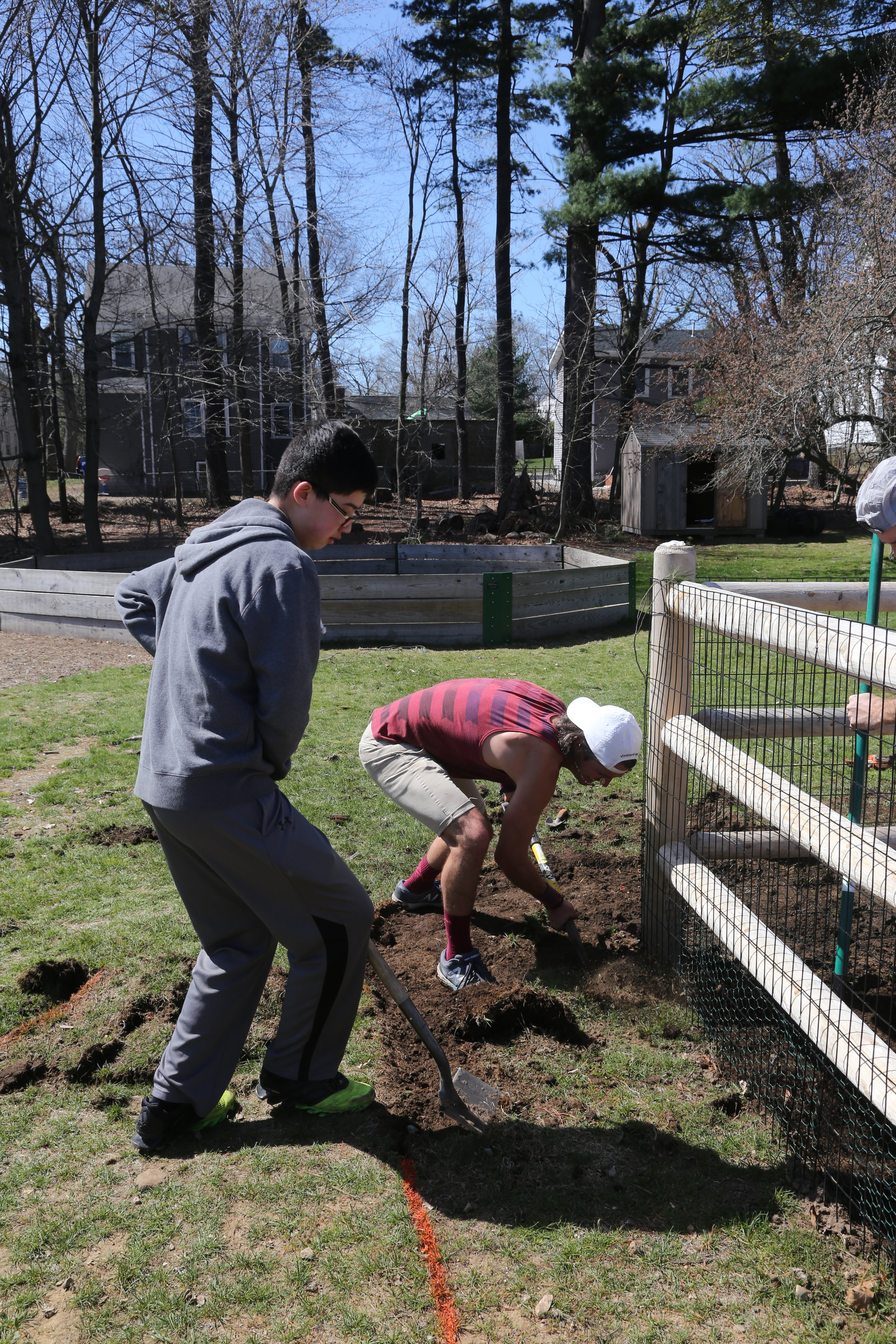
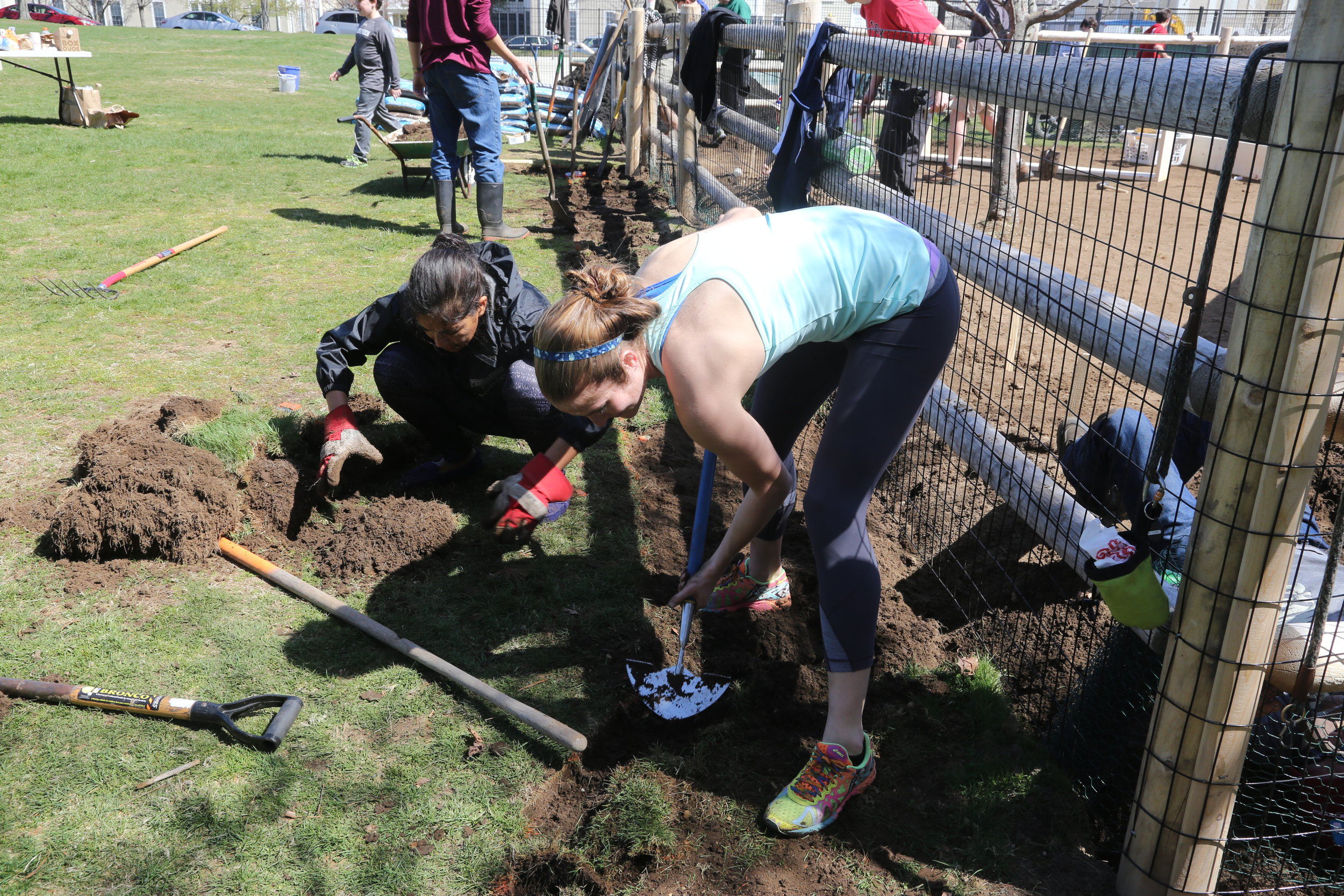
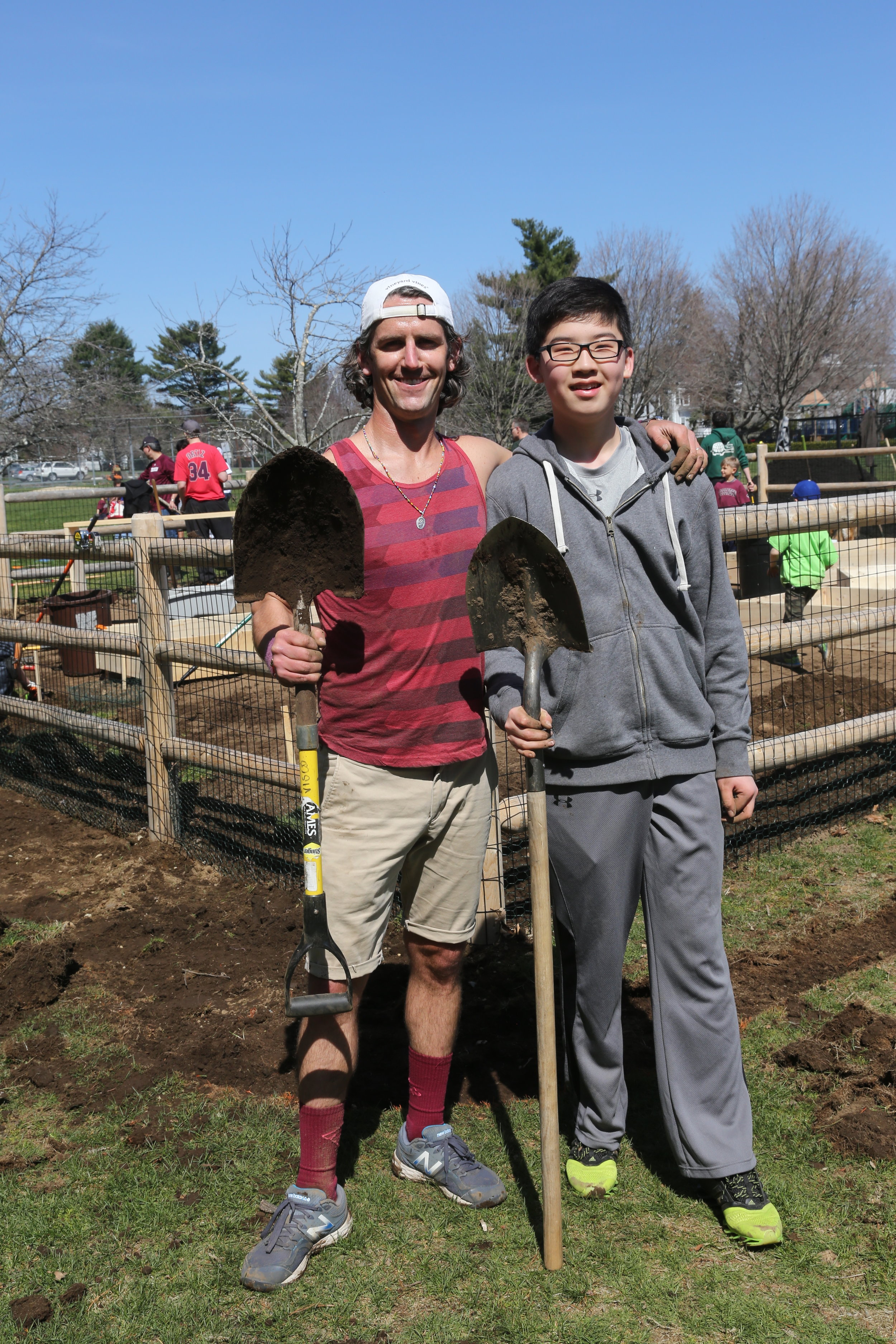
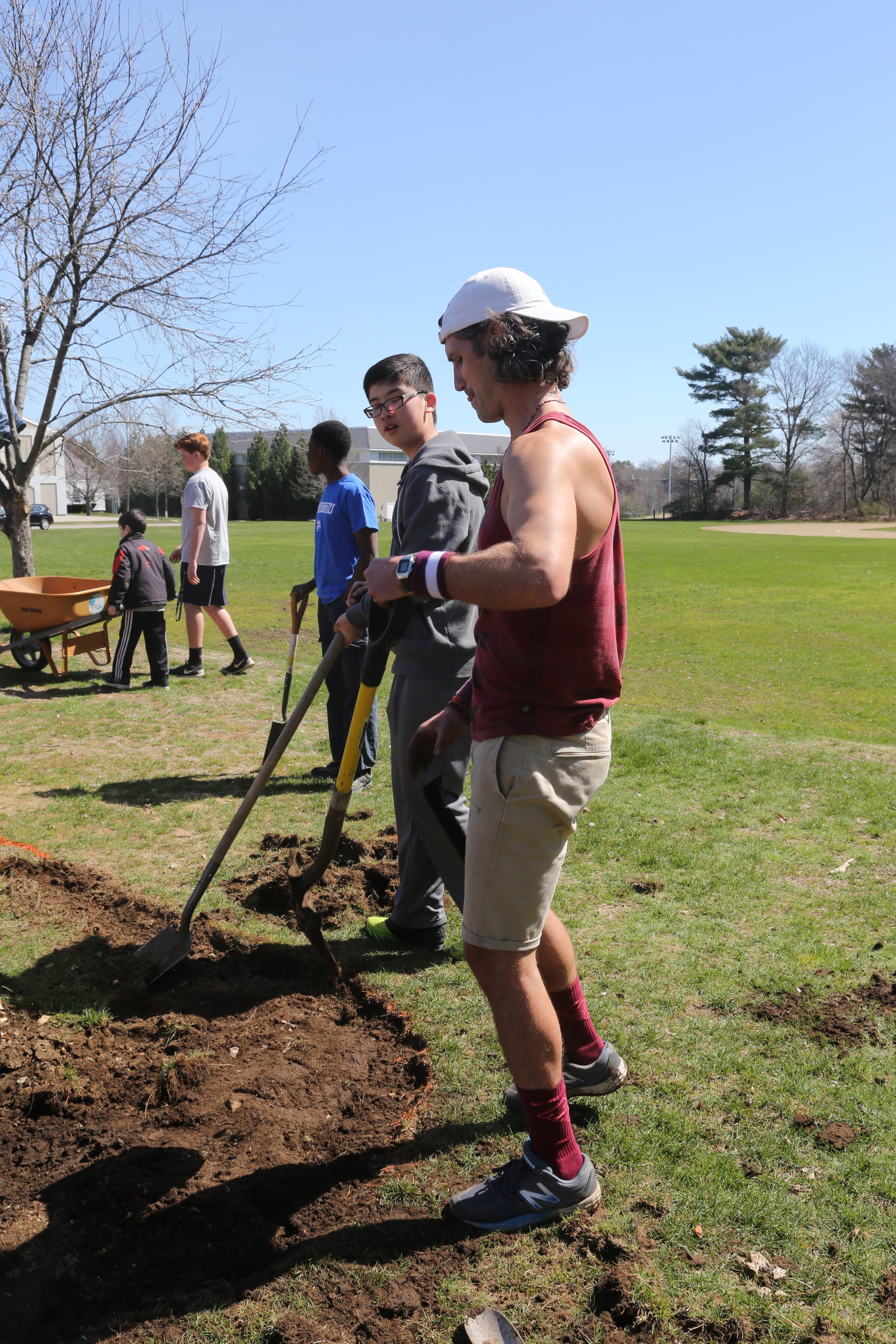
The power of project-based learning was clear throughout the whole project, and in their reflections at the end of the year the boys all said it was the best thing they had ever done in their academic careers. When we provide a space for boys to challenge themselves and make a difference in their world, we give them more than just another project, we give them hope, we give them a sense of purpose and we give them the skills they will need to succeed in the 21st century.


